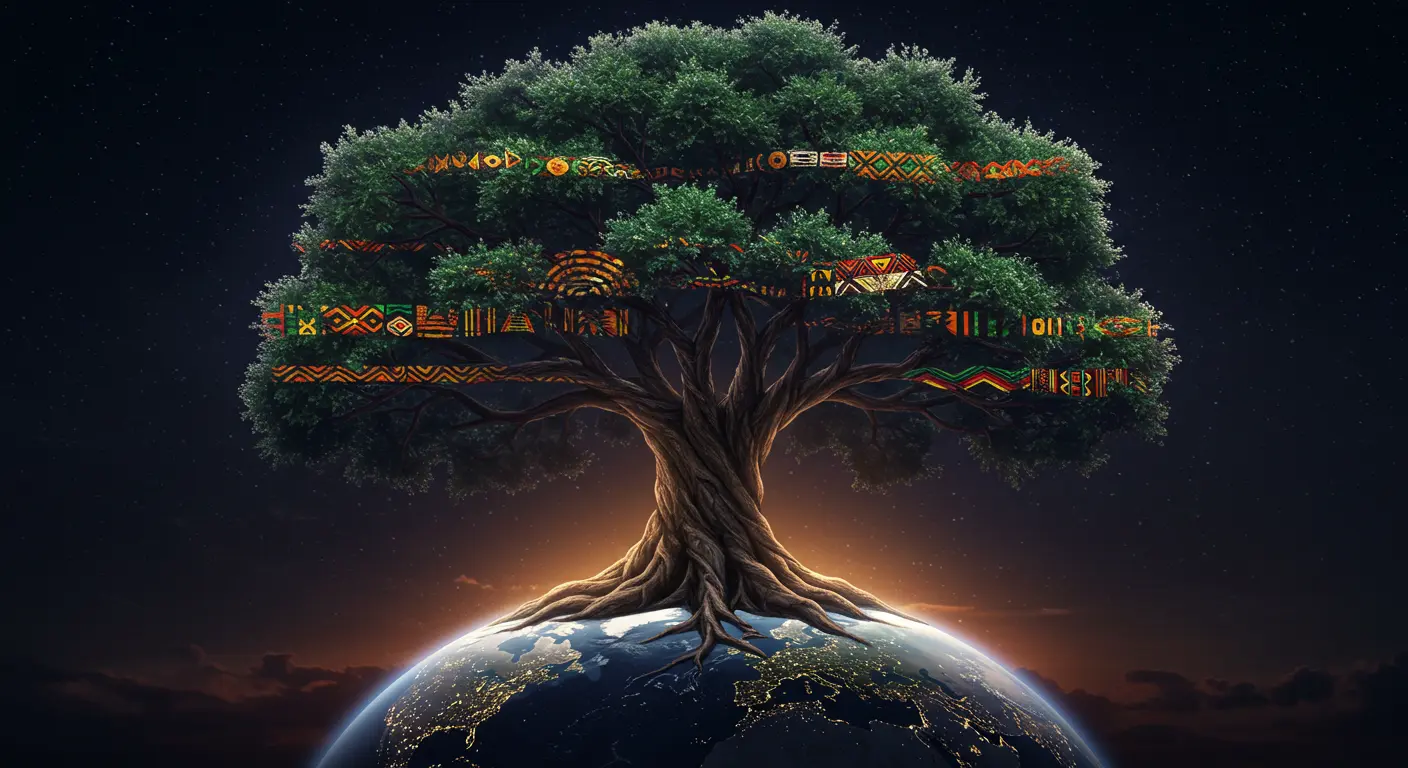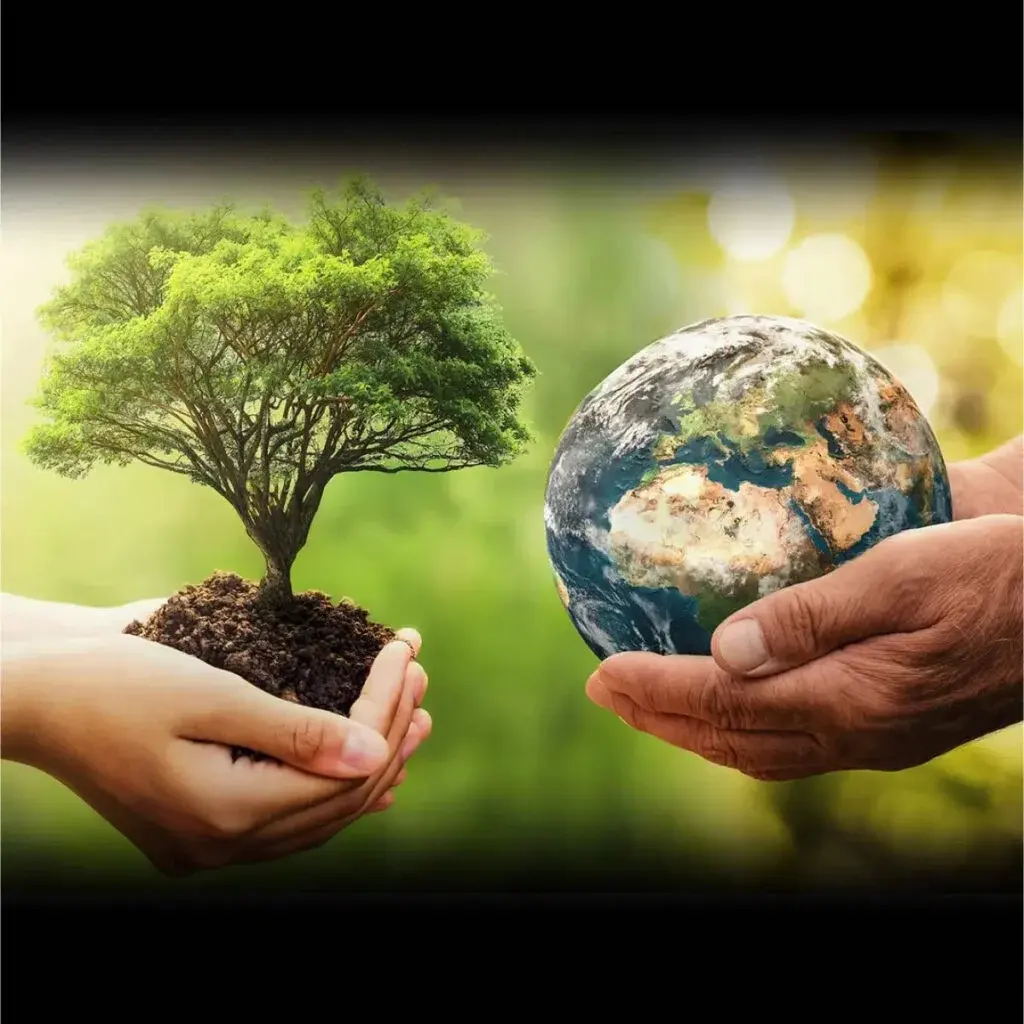A Global Platform for Environmental Protection and Sustainable Policy-Making
United Ancient Indigenous Enlightened Nations - Environment Program (UAN-EP) is the organ of the UAN responsible for environmental protection and sustainable policy making with a particular focus on indigenous territories. Its mandate is to provide leadership and develop solutions on a wide range of issues, including climate change, the management of marine and terrestrial ecosystems, and green economic development. The organization also develops international environmental agreements; publishes and promotes ancient indigenous environmental wisdom and helps national governments achieve environmental targets through indigenous knowledge.
Key Focus Areas:
UAN-EP's main focus areas are:
- Environmental protection
- Land and maritime territories conservation
- Global sustainability advocacy and policy-making
- Indigenous knowledge and practices preservation
Mission of the UAN Environment Program
The UAN-EP's primary purpose is to address the impacts of ecological destruction and globalization on indigenous territories and communities while advocating for sustainable policy-making globally. The UAN-EP is rooted in the ancient indigenous wisdom of the Hindu tradition and its various member indigenous and ancient nations from around the world. Primary topic areas:
Climate action:
We bring practical environmental solutions for indigenous solutions to the world and take concrete actions to protect rural indigenous communities for ecological destruction, climate change and related issues.
Disasters and conflicts:
We work to prevent natural and man-made disasters and conflicts while providing first-hand assistance in affected regions.
Nature action:
We act for the preservation of ecosystems and empower indigenous communities to better protect their ancestral territories.
Global indigenous environmental governance:
We bring together indigenous nations from around the world, giving them a platform to voice their issues and find concrete solutions.
Data collection and reporting:
UAN-EP continuously assesses the evolution of indigenous natural ecosystems and resources to facilitate their development.
Education and awareness:
We work on a global scale to educate and raise awareness about the critical need for environment actions from smallest to highest levels.

Main Structure of UAN-EP
The UAN-EP is divided into multiple organs to better address its multiple focuses:
- Science Division: Aims to collaborate with leading scientific institutes to bring legitimacy to ancestral indigenous knowledge and practices to facilitate their global implementation and address the global triple planetary crisis.
- Ecosystems Division: Supports indigenous nations and other partner countries in conserving, restoring and managing their ecosystems. It addresses the environmental causes and consequences of disasters and conflicts. It helps countries reduce pollution from land-based activities, increase resilience to climate change, and provide them with indigenous solutions to implement into their development planning.
- Economy Division: Assists large businesses in their efforts to be more environmentally conscious.
- Governance Affairs Office: Engages member nations and other relevant groups to use UAN-EP's work. It helps strengthen the visibility, authority and impact of the UAN-EP as an authoritative voice on the environment.
- Law Division: Helps to develop environmental law and the protection of indigenous traditions and territories. Works with countries to combat environmental crime and meet international environmental commitments. The law division aims to improve cooperation between lawmakers around the world who are making environmental laws.
- Communication Division: Develops and disseminates UAN-EP's messages. It delivers them to governments and individuals through digital and traditional media channels. It also promotes indigenous environmental knowledge globally.
Our Impact in Numbers
Number of successful projects completed across various communities and regions.
Countries where we have active partnerships and ongoing initiatives.
Indigenous community members directly benefited from our programs and services.
Years of dedicated service to indigenous communities worldwide.
